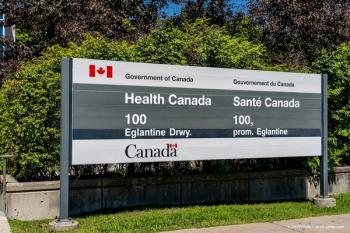
Triple therapy for DME better than one
Triple therapy consisting of vitrectomy, intravitreal triamcinolone and macular laser photocoagulation may facilitate early recovery of vision in patients with intractable diabetic macular oedema.
Triple therapy consisting of vitrectomy, intravitreal triamcinolone and macular laser photocoagulation may facilitate early recovery of vision in patients with intractable diabetic macular oedema (DME). These are the recent findings of a study in the October issue of the American Journal of Ophthalmology.
Twenty-four eyes of 24 subjects diagnosed with intractable DME underwent vitrectomy followed by intravitreal triamcinolone acetonide injection and macular laser photocoagulation at one and 14 days after, respectively. Best-corrected visual acuity (BCVA) and central macular thickness (CMT) were recorded before surgery and three, six and 12 months postoperatively.
The mean logarithm of the minimum angle of resolution BCVA was 0.88±0.37 before surgery, 0.55±0.33 at three months, 0.56±0.27 at six months and 0.48±0.28 at 12 months. Meanwhile, the mean CMTs before and three, six and 12 months after therapy were 514±187 µm, 253±138 µm, 219±95 µm and 197±91 µm, respectively.
The major adverse events after therapy were development of nuclear sclerotic cataracts (eight of 12 phakic eyes) and elevation of intraocular pressure (eight of 24 eyes).
Based on these results, the authors concluded that the triple therapy may facilitate early recovery of vision and may improve the long-term outcomes in some patients with DME refractory to conventional monotherapy.
Newsletter
Get the essential updates shaping the future of pharma manufacturing and compliance—subscribe today to Pharmaceutical Technology and never miss a breakthrough.















































